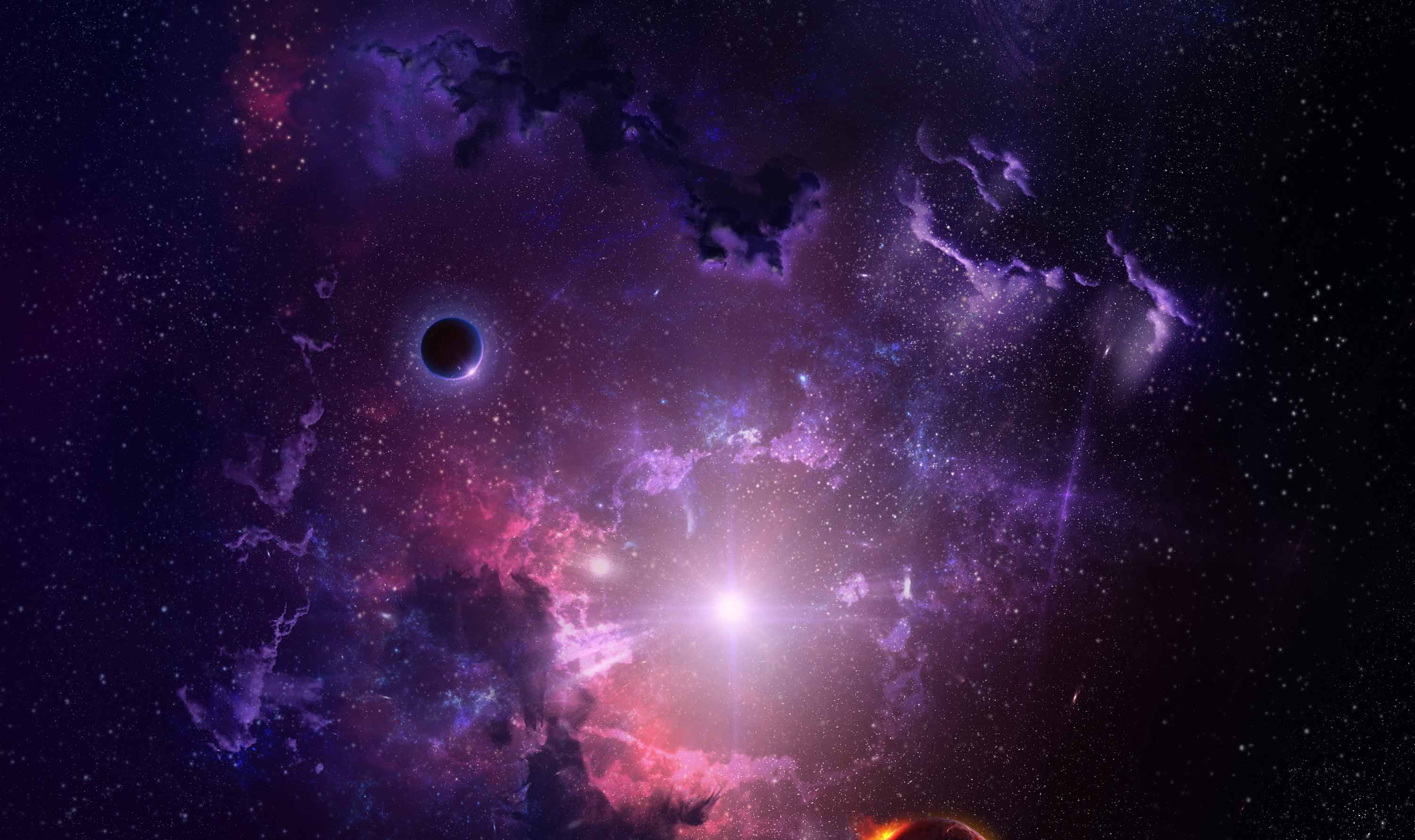I've had a soft spot for Mennonites since I saw a beautiful photograph of one of their families in an old National Geographic when I was in high school (1). A blog I've been enjoying lately is Thy Hand Hath Provided, where 'Jane' writes from a Mennonite perspective.
She recently wrote about a visit to the Creation Museum, which presents an analysis of natural history from a Young Earth Creationist perspective. This got me to thinking about what sense one can make of different views of our cosmic origins.
I'm not a Young Earth Creationist: I think that the traditional view - that Genesis is to be interpreted allegorically rather than literally - is sounder theologically and scientifically. However, I don't think one should be scornful or mocking about Creationists. For one thing, the ranks of Old Earth Creationists include Lord Kelvin, one of the most brilliant scientists in history. And Archbishop James Ussher, who in the 1650s calculated the date of creation of the Earth to 4004BC based on the Bible, could fairly be said to have made the best calculation he could with the evidence to hand. One should at least give him the benefit of the doubt and assume that he would have made a different assessment if he had known what we do today (2).
More substantially, though, it seems to me that everyone who speculates on the origins of the universe and of humanity, whether Young Earther, Old Earther, Genesis-as-Allegory-ists or thoroughgoing materialists, is working towards the same end. All concerned can agree that the universe did not exist at some point, and that at a later point it began to exist, and that at a still later point it came to be inhabited by lifeforms. The fundamental characteristic of life is that it desires to know things: the humblest trilobite wanted to know if that round thing was edible; homo sapiens wants to know whether there are any even numbers which are not the sum of two prime numbers. We can infer, then, that the existence of life reflects a desire of creation (or a Creator, if one is so inclined) to be known. When we attempt to identify how the cosmos came into being, and understand where we belong in it, we most completely fulfil our role in the world.
================================
(1) David S. Boyer, 'Ontario: Canada's Keystone' (1978) 154 National Geographic 760 at 774-5.
(2) Wilbur Garrett, 'Editorial' (1985) 168 National Geographic 559.


No comments:
Post a Comment